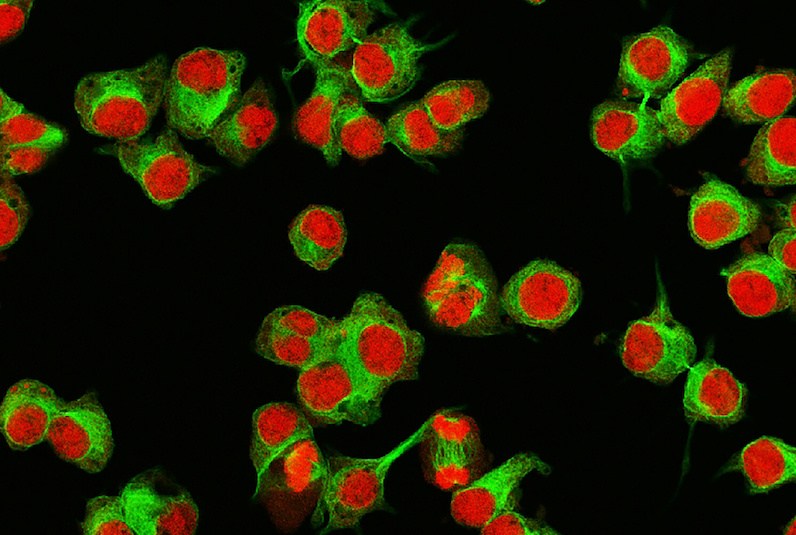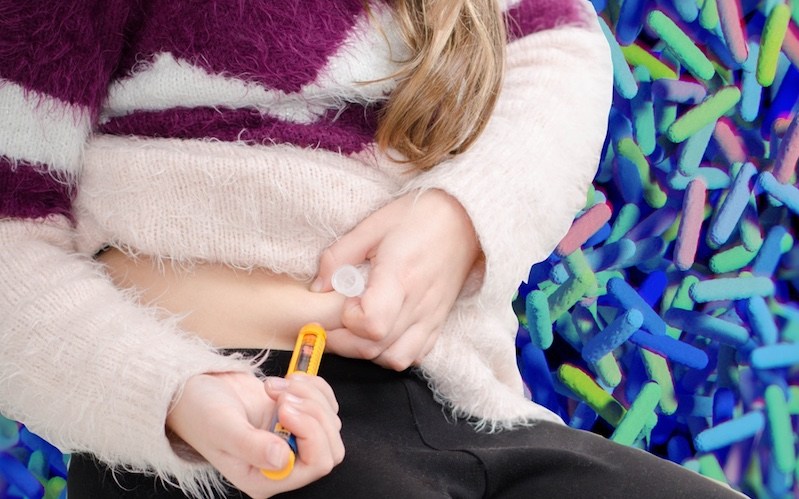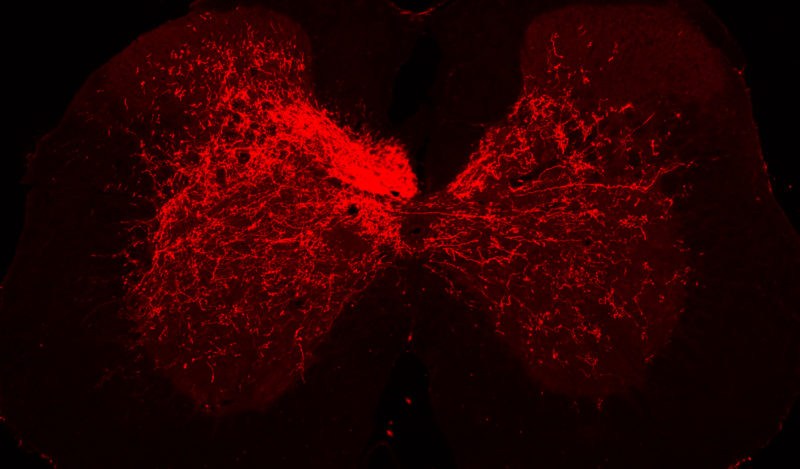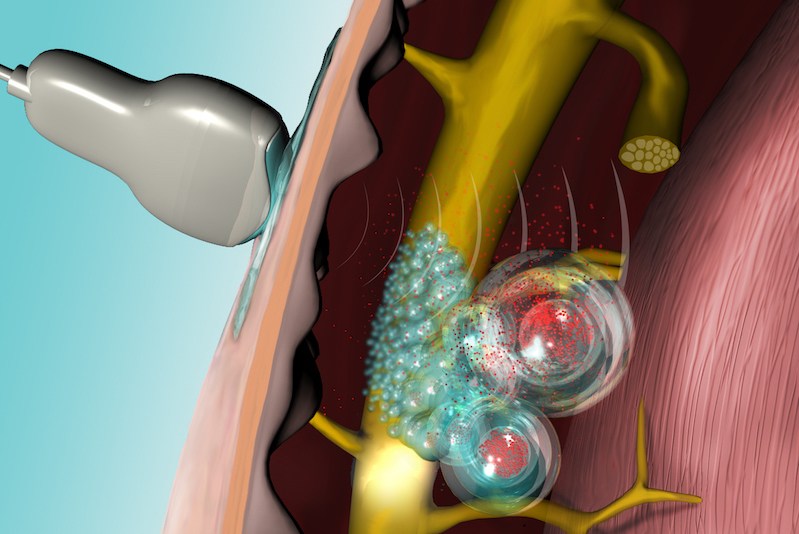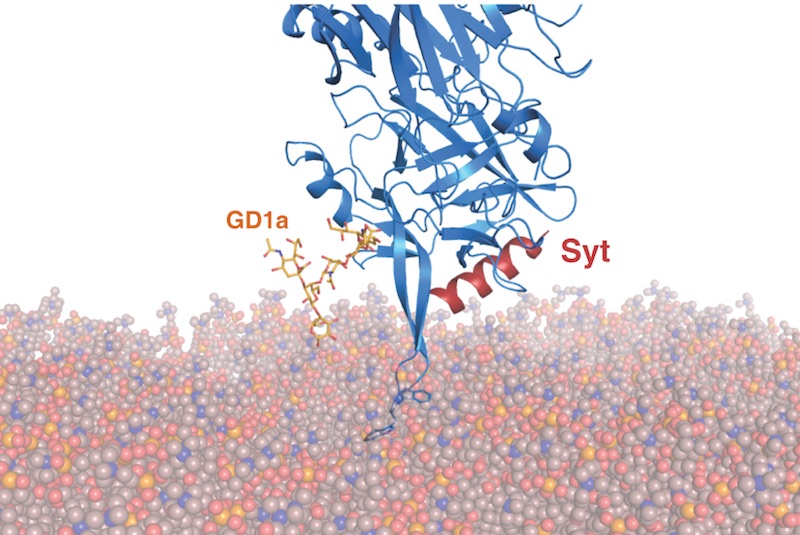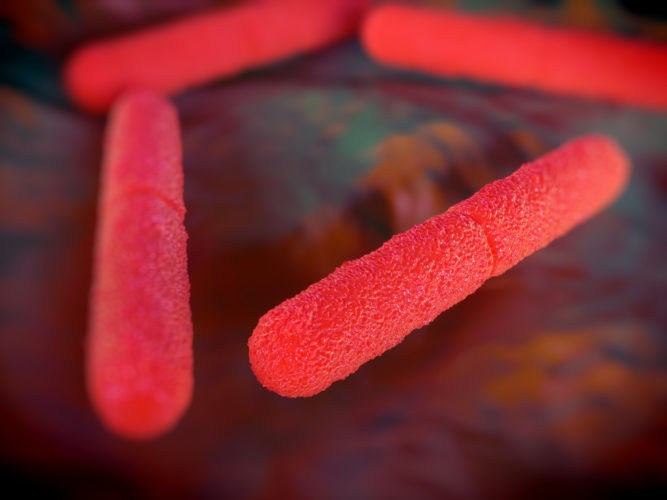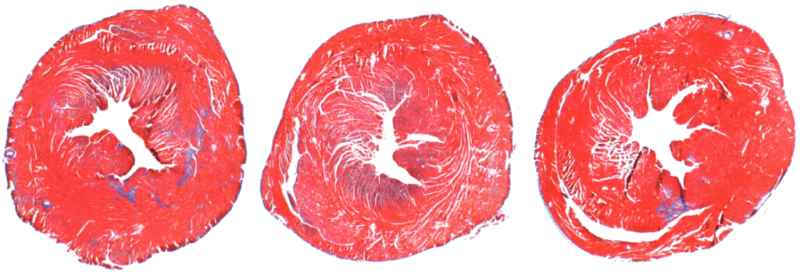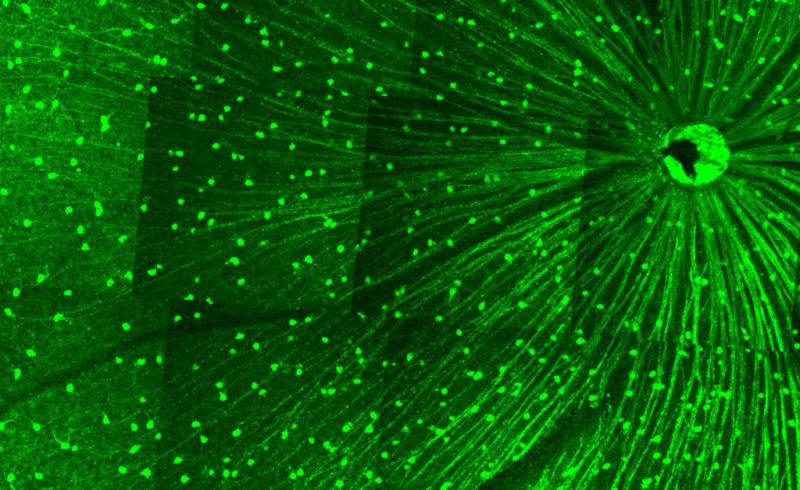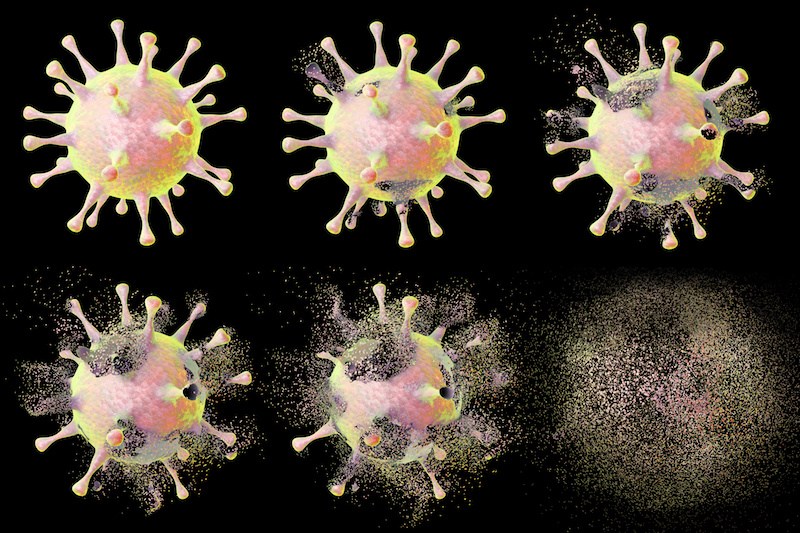Taking a sideswipe at high-risk neuroblastoma
Cancer and other diseases are now understood to spring from a complex interplay of biological factors rather than any one isolated origin. New research reveals that an equally-nuanced approach to treating high-risk neuroblastoma may be the most effective way to curb tumor growth. One challenge in treating pediatric cancers like neuroblastoma is that they are ... Read More about Taking a sideswipe at high-risk neuroblastoma
Immune gene guards against type 1 diabetes by changing the microbiome. Do early antibiotics undercut its effects?
The health of our immune system is increasingly linked with the health of our intestinal bacteria. A mouse study from Harvard Medical School now hammers this home for autoimmune disorders, in which the body attacks its own cells. It looked specifically at type 1 diabetes, in which the body destroys the cells that make insulin. ... Read More about Immune gene guards against type 1 diabetes by changing the microbiome. Do early antibiotics undercut its effects?
Novel therapeutic cocktail could restore fine motor skills after spinal cord injury and stroke
Neuron cells have long finger-like structures, called axons, that extend outward to conduct impulses and transmit information to other neurons and muscle fibers. After spinal cord injury or stroke, axons originating in the brain’s cortex and along the spinal cord become damaged, disrupting motor skills. Now, reported today in Neuron, a team of scientists at Boston Children’s ... Read More about Novel therapeutic cocktail could restore fine motor skills after spinal cord injury and stroke
Using ultrasound to trigger on-demand, site-specific pain relief
According to the CDC, 91 people die from opioid overdoses every day in the U.S. Here in Massachusetts, the state has an opioid-related death rate that is more than twice the national average. “Opioid abuse is a growing problem in healthcare,” says Daniel Kohane, MD, PhD, a senior associate in critical care medicine at Boston Children’s and professor ... Read More about Using ultrasound to trigger on-demand, site-specific pain relief
Botulism toxin X: Time to update the textbooks, thanks to genomic sequencing
Botulism is a rare, potentially fatal paralyzing illness. It’s the reason we shouldn’t feed infants honey and why we need to take care in consuming home-canned foods: they can potentially contain nerve-damaging toxins produced by Clostridium botulinum. Botulinum toxin is classified as one of the six most dangerous potential bioterrorism agents. There are seven known ... Read More about Botulism toxin X: Time to update the textbooks, thanks to genomic sequencing
Building a better botox
Aside from reducing wrinkles, botulinum toxins — a.k.a. botox — have a variety of uses in medicine: to treat muscle overactivity in overactive bladder, to correct misalignment of the eyes in strabismus, for a movement disorder called cervical dystonia that causes neck spasms, and more. Two botulinum toxins, types A and B, are FDA-approved and ... Read More about Building a better botox
Mutated botulinum neurotoxin B: A stronger player in the Botox world?
Famously associated with smoothing out wrinkles, botulinum toxin — better known as Botox — has been in use for 40 years now. Initially approved as a treatment for crossed eyes and then facial wrinkles, its on- and off-label uses today extend to urinary incontinence, migraines, perspiration, spasticity and even depression. But the diffusion of the ... Read More about Mutated botulinum neurotoxin B: A stronger player in the Botox world?
Seeking a way to keep organs young
The wear and tear of life takes a cumulative toll on our bodies. Our organs gradually stiffen through fibrosis, which is a process that deposits tough collagen in our body tissue. Fibrosis happens little by little, each time we experience illness or injury. Eventually, this causes our health to decline. “As we age, we typically accumulate ... Read More about Seeking a way to keep organs young
Optic nerve regeneration: One approach doesn’t fit all
Getting a damaged optic nerve to regenerate is vital to restoring vision in people blinded through nerve trauma or disease. A variety of growth-promoting factors have been shown to help the optic nerve’s retinal ganglion cells regenerate their axons, but we are still far from restoring vision. A new study on optic nerve regeneration, published ... Read More about Optic nerve regeneration: One approach doesn’t fit all
Precision drug delivery systems could ‘trigger’ an age of nanomedicine
What if we could deliver biocompatible nanoparticles into the body and then activate them to release drugs exactly where they are needed, without causing side effects elsewhere? Scientists like Daniel Kohane, MD, PhD, of Boston Children’s Hospital, are developing nanoscale drug delivery systems to do just that, using a variety of materials and triggers that ... Read More about Precision drug delivery systems could ‘trigger’ an age of nanomedicine


